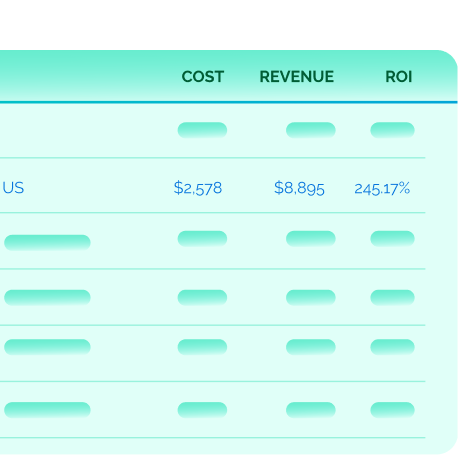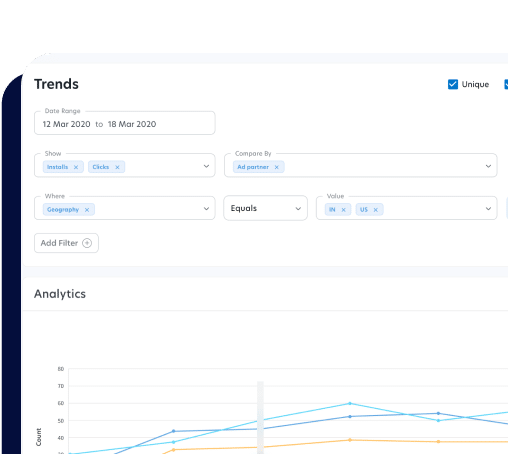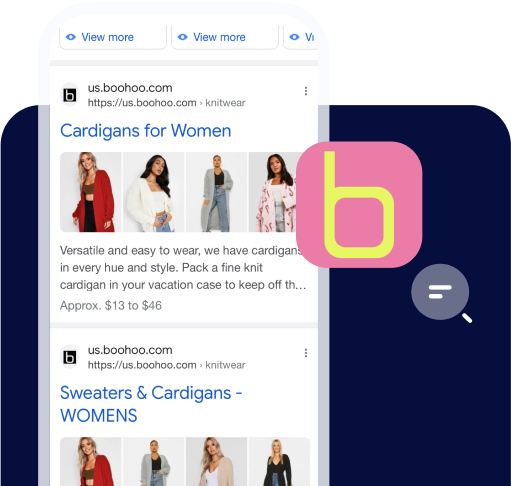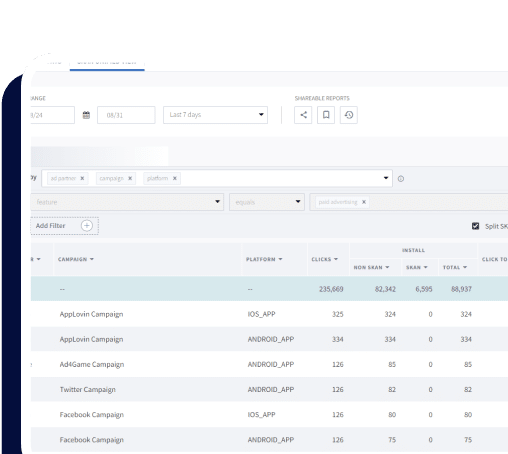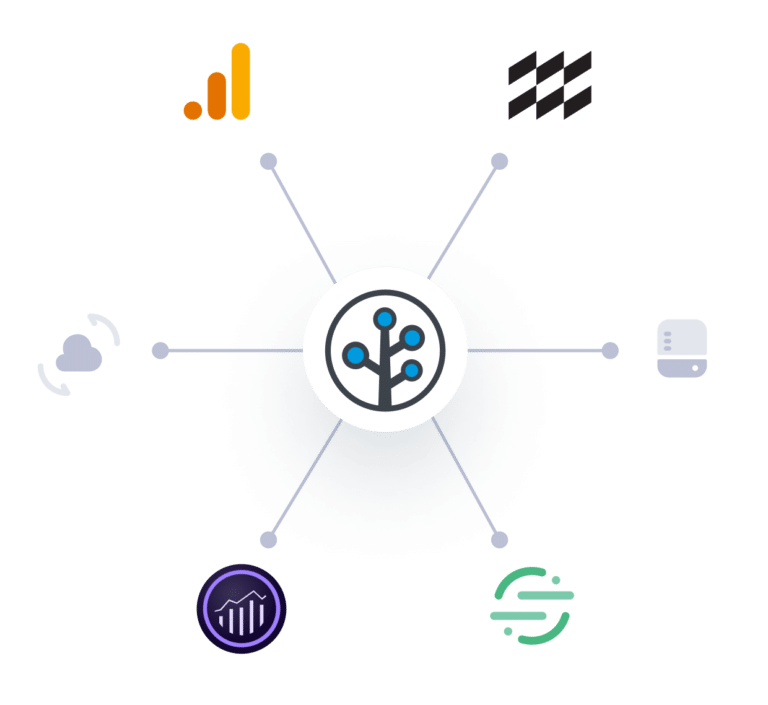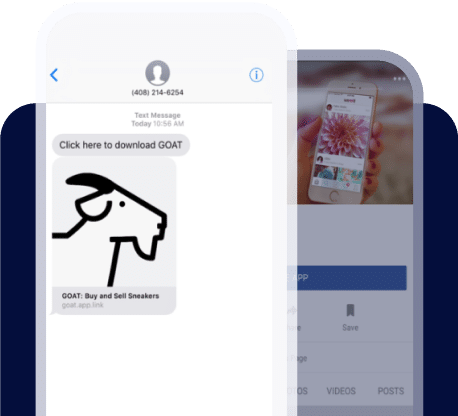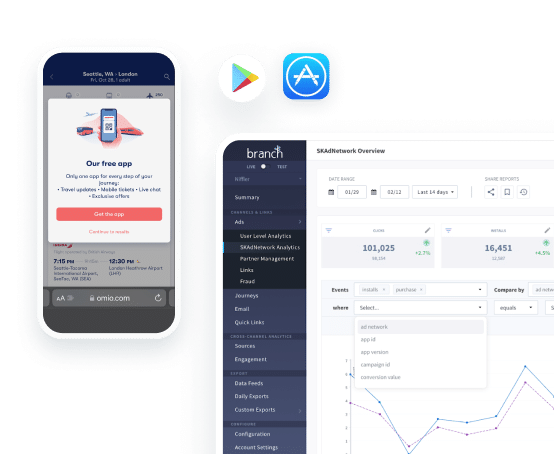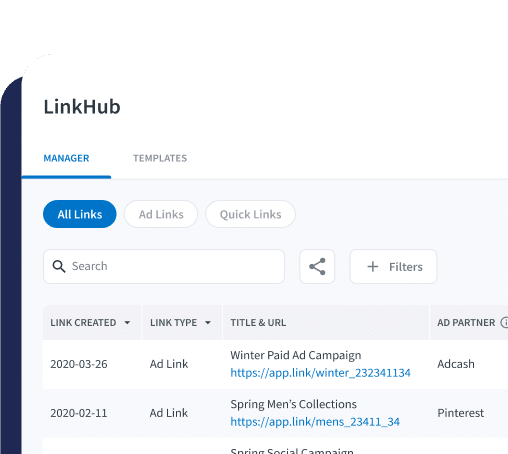What is a device ID?
A device ID is unique identifier assigned to a specific device, such as Apple’s Identifier for Advertisers (IDFA) and Android’s Google Advertising ID (GAID). Device IDs help app developers and marketers attribute outcomes to specific marketing campaigns in order to optimize their ad spend and provide a customized user experience.
Types of advertising device IDs
GAID
The Google Advertising Identifier (GAID), also sometimes called the Android Advertising ID (AAID), is a unique, user-specific, and resettable ID for advertising provided by Google Play services. It exposes an API for accessing the advertising ID of the user as a string in the universally unique identifier (UUID) format similar to 38400000-8cf0-11bd-b23e-10b96e40000d. The GAID can be reset or opted out of for ad personalization within Google Play Apps. With the release of Android 12, however, Android Privacy Sandbox proposals signal more sweeping changes to GAID access in the years ahead, including the possible deprecation of the GAID.
IDFA
The IDFA value is an alphanumeric string that is unique to each device. It uses an uppercase format with hyphens (for example, AAAAAAAAA-BBBB-CCCC-1111-222222220000). Apple introduced its IDFA with iOS 6.0, which provides apps with access to an identifier they can use for serving advertisements, as well as a flag that indicates if a user has enabled the Limit Ad Tracking feature on iOS 14 and beyond. Apple’s AppTrackingTransparency (ATT) was announced as part of the iOS 14 release in 2021, and it requires developers to request permission to access a user’s IDFA for tracking purposes.
IDFV
Identifier for Vendors (IDFV) is a unique ID assigned to users on iOS. This ID is shared among apps if the apps are all from the same developer or company. IDFV allows you to measure user-level data across multiple apps from the same content provider without having to request their consent via the ATT prompt.
OAID
The Open Anonymous Device Identifier (OAID) is used for advertising purposes for specific device manufacturers when the Google Advertising ID is not supported. The OAID is not permanent, so advertisers can utilize the OAID to deliver personalized advertising, even when a user has toggled to disable personalized ads.
UDID
The Unique Device Identifier (UDID) is a feature of Apple’s devices running iOS, tvOS, watchOS, and macOS. It is a unique identifier calculated from different hardware values. It is sent to Apple servers when a user tries to activate the device during setup. With UDID, Apple associates a user’s devices to the Apple ID which allows a user’s devices to automatically download and install apps or music purchased from the App Store or iTunes. This enables Apple to route push notifications and iMessages to the correct devices, too.
Uses for device IDs
Device IDs are key instruments in the toolkits of ad developers and marketers concerned with accurate attribution and audience retargeting. This data can help marketers create specific campaigns, audience segments, and journeys which can provide a more personalized user experience.
Device ID and attribution
Device ID supports accurate attribution of your in-app ad campaigns.
Device ID and audience retargeting
Device IDs are also leveraged to build audience segments in order to retarget users with personalized ads.
Privacy and advertising IDs
Both types of device IDs have been subject to a lot of uncertainty in recent years, following changes to user privacy policies announced by Apple and Android. Privacy will remain a priority in the mobile industry, which is why it is important to practice responsible attribution within outlined guidelines.
Other types of device IDs (not for advertising)
Android ID
The Android ID is set up at the instance of a device’s first boot or a factory reset. An alphanumeric string of characters are generated at this time which does not include any of the user’s personal data.
App set ID
The app set ID on Android is an identifier that provides developers with a way to connect their portfolio in a privacy-centric way by revealing which of their apps is installed by any given user.
IMEI
The International Mobile Equipment Identity (IMEI) is a device identification number printed on every mobile phone device for its identification. IMEI numbers are unique to the device. IMEI typically indicates a device’s model and place of manufacture. IMEI numbers are also found in wireless technology including Global System For Mobile Communication (GSM), Code Division Multiple Access (CDMA), and Integrated Digital Enhanced Network (IDEN), as well as some satellite phones. An IMEI number is a 15-digit numerical code, although at times it can have 16 or 17 digits.
UUID
A Universally Unique Identifier (UUID), sometimes referred to as a Globally Unique Identifier (GUID), is a 128-bit value generated by an algorithm and timestamp to uniquely identify an object on the internet.


